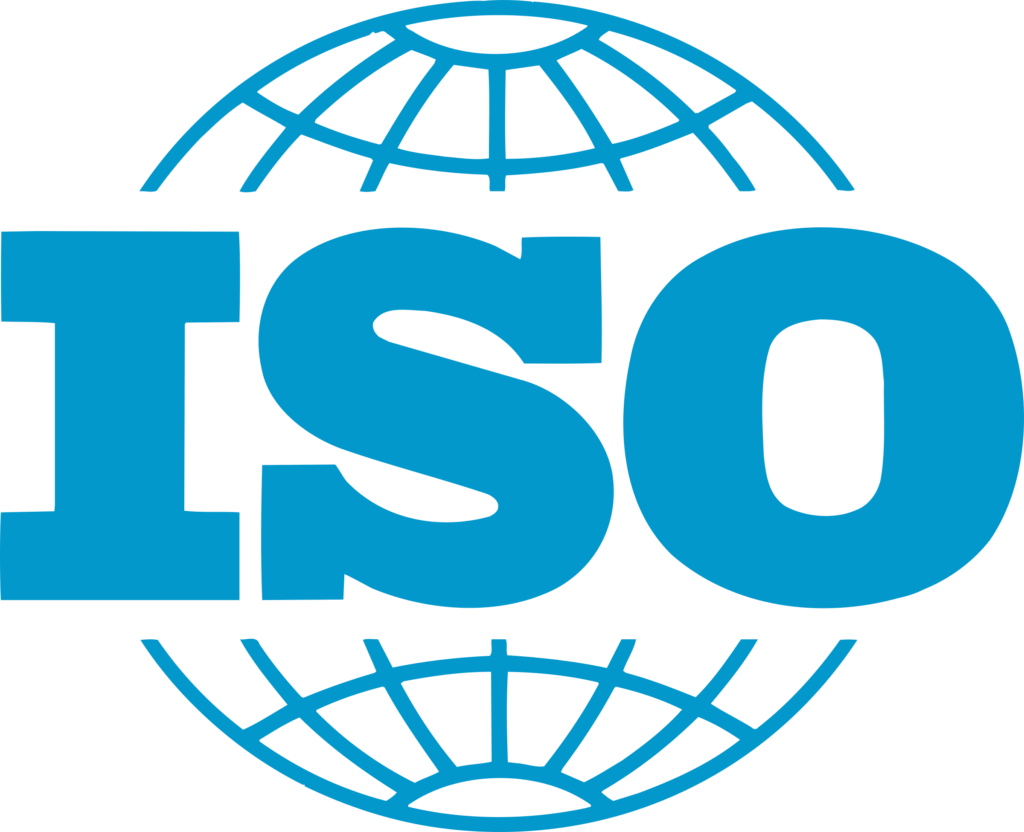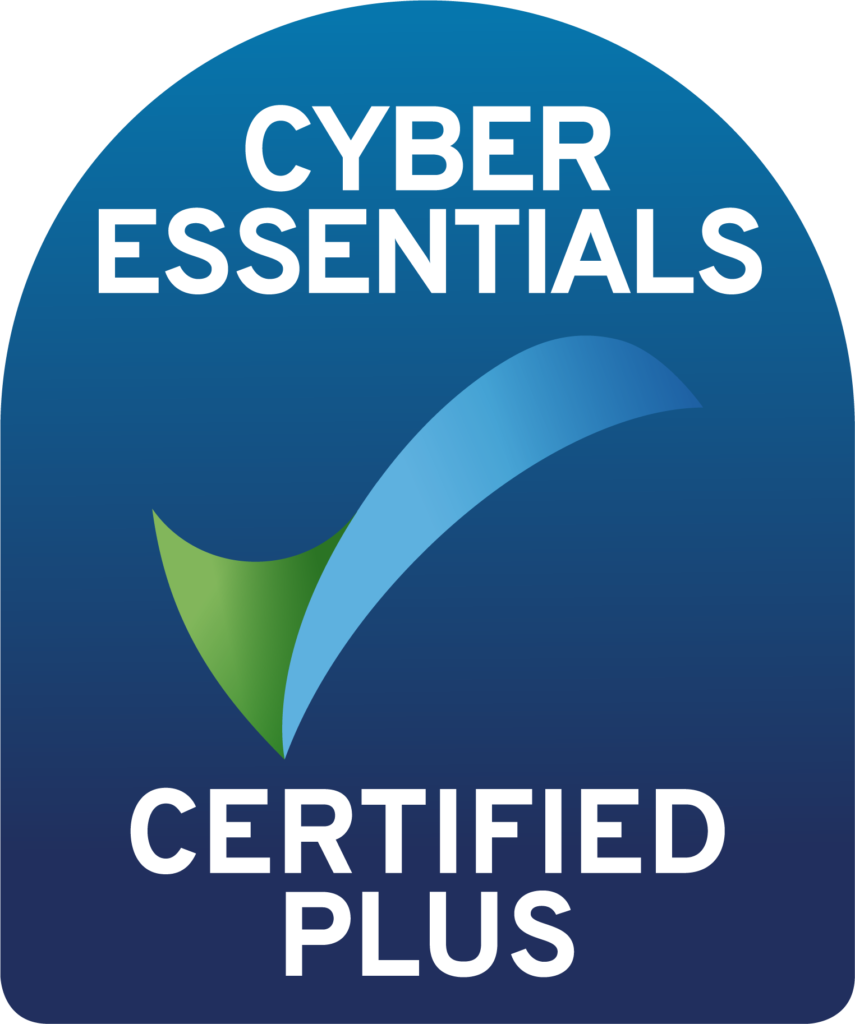Resources
Strategic thinking interview questions (and answers)
25 Strategic thinking interview questions to uncover how strategically your candidates think at work
Home » Resource Library » Competency based interview questions » Strategic thinking interview questions & answers
25 good strategic thinking interview questions
- How do you define strategic thinking, and why is it important in driving organisational success?
- Describe a situation when you took a strategic approach to solve a problem or seize an opportunity in your work.
- How do you contribute to strategic planning initiatives within your team or organisation?
- Share an example of a time when you collaborated with cross-functional teams to develop and execute a strategic project or initiative.
- How do you prioritise strategic initiatives or projects when resources are limited?
- Describe a time when you used strategic thinking to anticipate industry trends and position your organisation ahead of competitors.
- How do you stay updated on market developments and external factors that may impact your organisation’s strategic direction?
- Share an example of a time when you led your team or organisation through a significant change or transformation using strategic thinking.
- How do you align departmental or team goals with the organisation’s overall strategic objectives?
- Describe a time when you identified and capitalised on a strategic partnership or collaboration for mutual benefit.
- How do you use strategic thinking to assess risks and opportunities in the global market and expand international operations?
- Share an example of a time when you used strategic thinking to pivot your organisation’s direction in response to disruptive changes or technological advancements.
- How do you involve stakeholders, such as customers or clients, in the strategic decision-making process to enhance organisational responsiveness?
- Describe a time when you used strategic thinking to allocate resources effectively and optimise the return on investment for a project or initiative.
- How do you use strategic thinking to assess potential acquisitions or mergers and determine their fit with your organisation’s long-term goals?
- Share an example of a time when you used strategic thinking to lead your organisation through a crisis or challenging period successfully.
- How do you use strategic thinking to anticipate potential disruptions or threats in your industry and develop proactive contingency plans?
- Describe a time when you used strategic thinking to align organisational culture with strategic objectives and foster employee engagement.
- How do you use strategic thinking to identify potential revenue streams or diversify income sources for your organisation?
- Share an example of a time when you used strategic thinking to lead a product development or innovation process that resulted in a successful market launch.
- How do you use strategic thinking to assess the competitive landscape and position your organisation as an industry leader?
- Describe a time when you used strategic thinking to realign departmental objectives with changing organisational priorities.
- How do you use strategic thinking to identify opportunities for cost optimisation and operational efficiency within your business?
- Share an example of a time when you used strategic thinking to expand your organisation’s market reach and capture new customer segments.
- How do you use strategic thinking to align short-term tactical actions with long-term organisational goals?
1. How do you define strategic thinking, and why is it important in driving organisational success?
What to look for:
Candidates who understand the significance of strategic thinking in setting long-term goals and making informed decisions.
Suggested answer:
“Strategic thinking involves envisioning the future, aligning organisational goals, and formulating action plans to achieve success. It’s crucial for organisations to adapt to changing environments and make proactive decisions.”
2. Describe a situation when you took a strategic approach to solve a problem or seize an opportunity in your work.
What to look for:
The candidate’s ability to apply strategic thinking to address challenges or capitalise on opportunities.
Suggested answer:
“In a competitive market, I used strategic thinking to identify a niche segment for our products. I conducted market research, developed a targeted marketing strategy, and successfully expanded our customer base.”
3. How do you contribute to strategic planning initiatives within your team or organisation?
What to look for:
Candidates who actively engage in strategic planning and decision-making processes.
Suggested answer:
“I actively participate in strategic planning sessions, contributing ideas and insights. I use data analysis and industry trends to provide valuable input that shapes our organisation’s long-term direction.”
4. Share an example of a time when you collaborated with cross-functional teams to develop and execute a strategic project or initiative.
What to look for:
Evidence of the candidate’s ability to work collaboratively in strategic endeavours.
Suggested answer:
“In a new product launch, I collaborated with marketing, R&D, and sales teams. Using strategic thinking, we coordinated efforts, defined roles, and successfully executed the launch plan.”
5. How do you prioritise strategic initiatives or projects when resources are limited?
What to look for:
Candidates who can make strategic decisions under resource constraints.
Suggested answer:
“When resources are limited, I use strategic thinking to prioritise initiatives based on their potential impact and alignment with our long-term goals. I focus on projects that offer the most significant returns on investment.”
6. Describe a time when you used strategic thinking to anticipate industry trends and position your organisation ahead of competitors.
What to look for:
The candidate’s ability to think ahead and make proactive decisions.
Suggested answer:
“By analysing market trends and customer feedback, I used strategic thinking to anticipate shifts in the industry. We adapted our product line and marketing strategy, gaining a competitive edge.”
7. How do you stay updated on market developments and external factors that may impact your organisation’s strategic direction?
What to look for:
Candidates who actively monitor the external environment and apply insights to strategic planning.
Suggested answer:
“I regularly conduct market research, competitor analysis, and attend industry conferences to stay informed. By leveraging this information, I ensure our strategies remain relevant and responsive to market dynamics.”
8. Share an example of a time when you led your team or organisation through a significant change or transformation using strategic thinking.
What to look for:
Evidence of the candidate’s strategic leadership skills in driving change.
Suggested answer:
“During a restructuring, I applied strategic thinking to create a roadmap for the change. I communicated the vision clearly, aligned teams with the new structure, and successfully navigated the transition.”
9. How do you align departmental or team goals with the organisation’s overall strategic objectives?
What to look for:
Candidates who can connect their team’s efforts to the broader organisational strategy.
Suggested answer:
“To align team goals with the organisation’s strategy, I regularly communicate the strategic vision to my team. We collaboratively define objectives that contribute to our shared goals and monitor progress accordingly.”
10. Describe a time when you identified and capitalised on a strategic partnership or collaboration for mutual benefit.
What to look for:
The candidate’s ability to recognise and leverage strategic opportunities.
Suggested answer:
“In a joint venture, I used strategic thinking to assess potential partners’ strengths and how they complemented ours. The partnership expanded our market reach and delivered value to both parties.”
11. How do you use strategic thinking to assess risks and opportunities in the global market and expand international operations?
What to look for:
Candidates who can think strategically about global expansion.
Suggested answer:
“Before expanding internationally, I conduct extensive market research and assess geopolitical risks. Using strategic thinking, I develop entry strategies that mitigate risks and capitalise on emerging opportunities.”
12. Share an example of a time when you used strategic thinking to pivot your organisation’s direction in response to disruptive changes or technological advancements.
What to look for:
Evidence of the candidate’s ability to adapt and lead strategic transformations.
Suggested answer:
“In the face of disruptive technology, I applied strategic thinking to reevaluate our business model. We embraced digitalisation, diversified our offerings, and strengthened our competitive position.”
13. How do you involve stakeholders, such as customers or clients, in the strategic decision-making process to enhance organisational responsiveness?
What to look for:
Candidates who incorporate stakeholder perspectives into strategic planning.
Suggested answer:
“To enhance organisational responsiveness, I engage stakeholders through surveys, focus groups, and feedback sessions. Their insights shape our strategic decisions and foster a customer-centric approach.”
14. Describe a time when you used strategic thinking to allocate resources effectively and optimise the return on investment for a project or initiative.
What to look for:
Evidence of the candidate’s ability to make strategic resource decisions.
Suggested answer:
“In a cost-conscious project, I used strategic thinking to optimise resource allocation. By reallocating funds and prioritising critical components, we achieved significant cost savings without compromising outcomes.”
15. How do you use strategic thinking to assess potential acquisitions or mergers and determine their fit with your organisation’s long-term goals?
What to look for:
Candidates who can think strategically about growth opportunities
Suggested answer:
When considering acquisitions or mergers, I use strategic thinking to assess alignment with our long-term goals. I conduct due diligence, analyse synergy potential, and ensure the partnership contributes to our strategic vision.”
16. Share an example of a time when you used strategic thinking to lead your organisation through a crisis or challenging period successfully.
What to look for:
Evidence of the candidate’s strategic leadership in navigating difficult situations.
Suggested answer:
“During a crisis, I applied strategic thinking to develop a crisis management plan, considering both short-term and long-term implications. This approach enabled us to mitigate risks and emerge stronger.”
17. How do you use strategic thinking to anticipate potential disruptions or threats in your industry and develop proactive contingency plans?
What to look for:
Candidates who can think ahead and plan for potential risks.
Suggested answer:
“To anticipate disruptions, I engage in scenario planning and use strategic thinking to identify vulnerabilities. By developing proactive contingency plans, we’re prepared to respond to unforeseen challenges.”
18. Describe a time when you used strategic thinking to align organisational culture with strategic objectives and foster employee engagement.
What to look for:
The candidate’s ability to link culture and strategy to drive organisational success.
Suggested answer:
“To align culture with our strategic vision, I led initiatives to communicate our values and objectives clearly. By involving employees in the process, we fostered a culture of ownership and engagement.”
19. How do you use strategic thinking to identify potential revenue streams or diversify income sources for your organisation?
What to look for:
Candidates who can think innovatively to drive financial growth.
Suggested answer:
“To diversify income sources, I use strategic thinking to identify new revenue streams that complement our core offerings. This approach reduces reliance on a single source and enhances financial stability.”
20. Share an example of a time when you used strategic thinking to lead a product development or innovation process that resulted in a successful market launch.
What to look for:
Evidence of the candidate’s ability to drive innovation through strategic planning.
Suggested answer:
“In a product launch, I used strategic thinking to assess market needs, align features with customer preferences, and develop a compelling value proposition. The product’s success was driven by its strategic positioning.”
21. How do you use strategic thinking to assess the competitive landscape and position your organisation as an industry leader?
What to look for:
Candidates who can think strategically about competitive advantage.
Suggested answer:
“I use strategic thinking to analyse competitors’ strengths and weaknesses, identify white spaces, and differentiate our offerings. By leveraging our unique strengths, we position ourselves as an industry leader.”
22. Describe a time when you used strategic thinking to realign departmental objectives with changing organisational priorities.
What to look for:
The candidate’s ability to adapt departmental goals in response to organisational shifts.
Suggested answer:
“When organisational priorities shifted, I used strategic thinking to realign my department’s objectives. We collaborated with other teams to ensure our goals supported the new strategic direction.”
23. How do you use strategic thinking to identify opportunities for cost optimisation and operational efficiency within your business?
What to look for:
Candidates who can identify cost-saving opportunities through strategic analysis.
Suggested answer:
“I apply strategic thinking to assess operational processes, identify inefficiencies, and explore cost-saving measures. By streamlining workflows, we achieved significant cost optimisation.”
24. Share an example of a time when you used strategic thinking to expand your organisation’s market reach and capture new customer segments.
What to look for:
Evidence of the candidate’s ability to drive market expansion strategies.
Suggested answer:
“Using strategic thinking, we identified untapped customer segments and tailored marketing campaigns to appeal to their unique needs. This approach resulted in increased market share and customer diversity.”
25. How do you use strategic thinking to align short-term tactical actions with long-term organisational goals?
What to look for:
Candidates who can bridge short-term and long-term objectives through strategic planning.
Suggested answer:
“To ensure tactical actions support our long-term vision, I use strategic thinking to develop short-term objectives that contribute to our overall strategy. This alignment drives cohesive and focused efforts.”
The suggested answers listed here are just examples, and as such your candidates should and will (hopefully) provide their own set of unique responses based on their past experiences.
As a recruiter, try to focus on the candidate’s ability to think strategically, taking wider business objectives into account to deliver results.
Look for real-life examples that demonstrate their strategic thinking in past roles and how they have positively impacted workplace interactions and relationships with others.
How to measure strategic thinking skills
Measuring strategic thinking skills involves assessing an individual’s ability to think critically, anticipate future trends, and formulate plans that align with organisational goals. Here are several ways to evaluate and measure strategic thinking skills:
Analysis of past decision-making:
Review a candidate’s past decisions and actions, especially those with long-term implications. Assess their ability to analyse situations strategically, considering potential risks and benefits.
Scenario-based questions:
Present candidates with hypothetical scenarios that require strategic thinking. Observe their approach to problem-solving, their consideration of various factors, and the depth of their analysis.
Business acumen:
Assess a candidate’s understanding of the business environment, industry trends, and market forces. Strong strategic thinkers have a comprehensive understanding of the factors that impact their organisation.
Strategic planning experience:
Inquire about a candidate’s experience with strategic planning. Ask them to describe instances where they contributed to the development and execution of long-term plans.
Visionary thinking:
Assess a candidate’s ability to articulate a clear vision for the future. Effective strategic thinkers can visualise where the organisation should be and how to get there.
Alignment with organisational goals:
Evaluate a candidate’s ability to align their thinking and decision-making with the overall goals and objectives of the organisation. Look for examples where they demonstrated strategic alignment.
Risk assessment and mitigation:
Strategic thinkers are adept at assessing risks and developing plans to mitigate them. Inquire about experiences where candidates identified potential risks and developed strategies to navigate uncertainty.
Innovation and adaptability:
Assess a candidate’s openness to innovation and their ability to adapt strategies in response to changing circumstances. Strong strategic thinkers embrace new ideas and adjust their plans as needed.
Communication of strategy:
Evaluate a candidate’s ability to communicate strategic plans clearly to various stakeholders. Assess their capacity to convey complex ideas in a way that is easily understood by others.
Competitive analysis:
Assess a candidate’s awareness of the competitive landscape. Inquire about instances where they conducted competitive analyses to inform strategic decision-making.
Long-term focus:
Try to evaluate a candidate’s orientation toward long-term goals rather than short-term gains. Inquire about their ability to balance immediate needs with the organisation’s future objectives.
Measuring strategic thinking is often nuanced and may require a combination of these methods to gain a comprehensive understanding of a candidate’s capabilities. It’s essential to tailor the assessment to the specific requirements of the role and the organisation’s strategic priorities.
FOR COMPANIES:
Platform demo
Book a demo
And see how Clevry can support your recruitment


